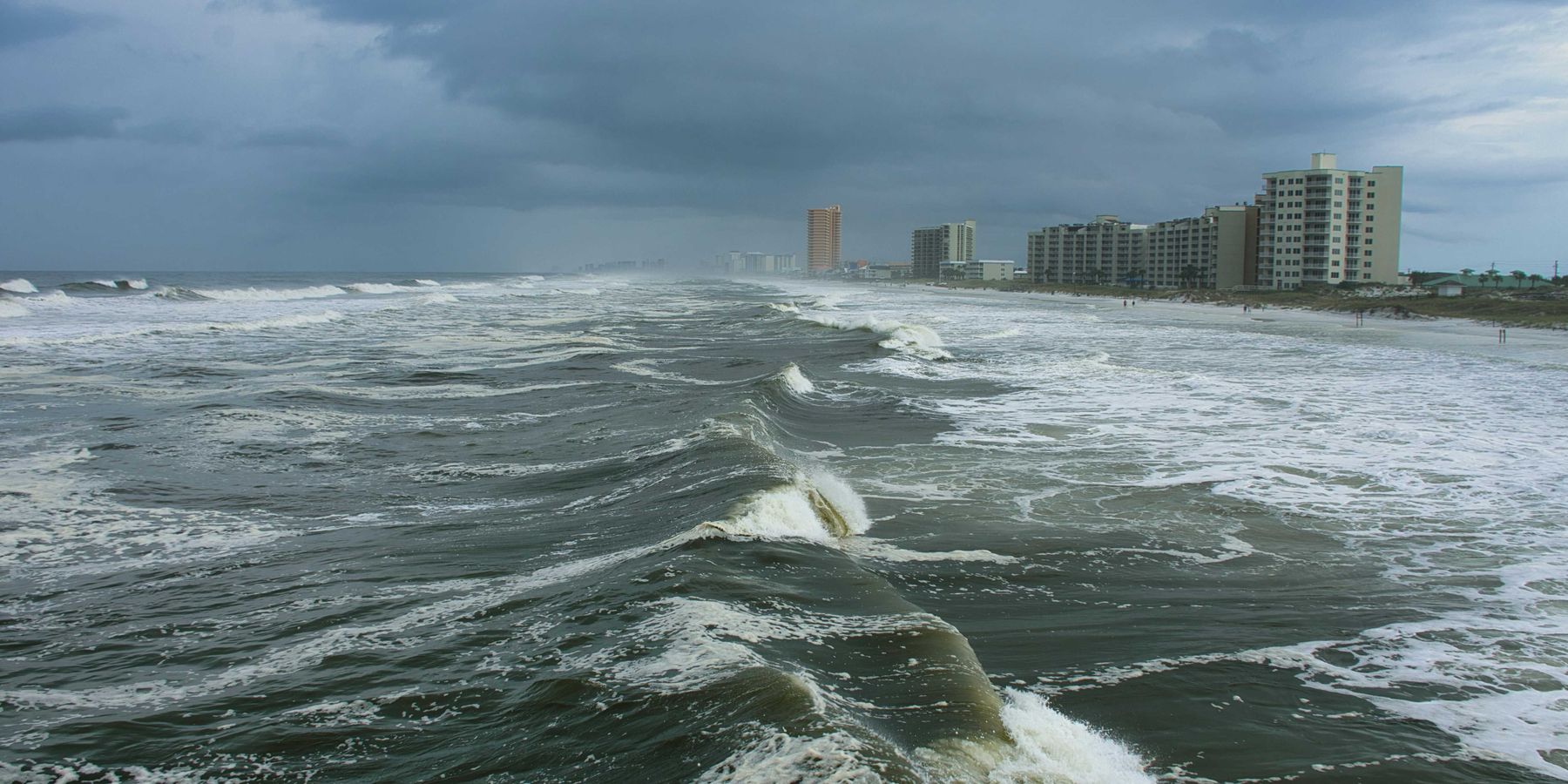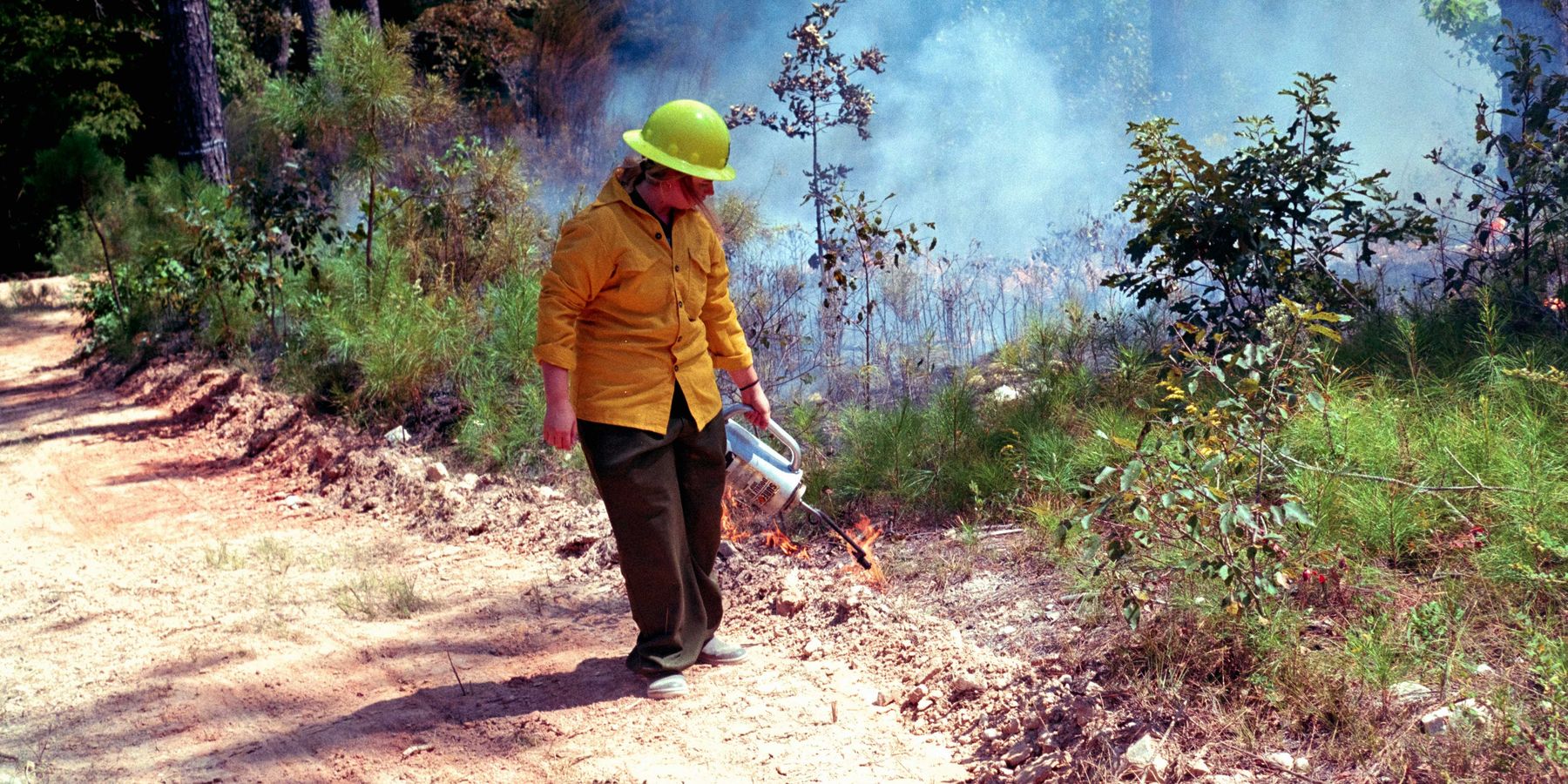fast fashion
How a Maine congresswoman aims to promote eco-friendly fashion
U.S. Rep. Chellie Pingree, known for her practical wardrobe, has launched a slow fashion caucus to tackle the environmental impact of the fashion industry.
In short:
- Pingree's slow fashion caucus seeks to reduce textile waste and promote sustainable materials like wool and hemp.
- She plans to introduce legislation after the U.S. Government Accountability Office completes a study on textile waste management and recycling.
- The caucus has urged President Biden to include the fashion industry in climate-related policies.
Key quote:
“Everybody got all engaged when we decided we should end plastic straws, but it’s nowhere near the volume of the clothing that we buy.”
— U.S. Rep. Chellie Pingree
Why this matters:
Fast fashion contributes significantly to environmental degradation through textile waste and carbon emissions. Addressing this issue could lead to more sustainable consumer practices and production methods.
EU sustainable funds invest in major polluters
EU-regulated "sustainable" funds invest billions in polluting companies, including fast fashion and fossil fuel firms, misleading investors about their environmental impact.
Ajit Niranjan, Giorgio Michalopoulos, and Stefano Valentino report for The Guardian.
In short:
- EU-regulated sustainable funds have invested $18 billion in the 200 biggest polluters.
- Funds marketed as environmentally-friendly include significant investments in high-emission sectors.
- Campaigners call for stricter regulations to prevent greenwashing and misleading labels.
Key quote:
"Pension savers and the general public are being misled when it comes to sustainable finance."
— Lara Cuvelier, sustainable investment campaigner at Reclaim Finance
Why this matters:
The allure of sustainability has attracted a significant number of investors seeking to align their portfolios with their values. However, the lack of stringent criteria and transparency within the EU's regulatory framework has allowed companies with questionable environmental practices to slip through the cracks. Fast fashion, notorious for its massive carbon footprint and waste generation, and fossil fuel firms, the main contributors to climate change, are among the top beneficiaries of these "sustainable" funds.
Is fungus fabric really taking off?
Despite growing interest, biodegradable materials like mycelium leather face challenges in significantly reducing fashion waste due to scalability and overproduction issues.
In short:
- The fashion industry generates an estimated 92 million tons of waste annually, largely from polyester and cotton fabrics.
- Innovative materials like mycelium leather are being developed but struggle to scale up due to financial and production challenges.
- Experts argue that reducing overall production is essential to addressing the environmental impact of fashion.
Key quote:
“I genuinely think the biggest solution isn’t the easy one because it’s the one that requires these large fashion companies to make significantly less money. It’s just to make less stuff and to pay more for that stuff and to look after what we have.”
— Monica Buchan-Ng, head of knowledge exchange at the Centre for Sustainable Fashion
Why this matters:
Biodegradable fabrics have the potential to lessen environmental damage, but without addressing the root issue of overproduction, the fashion industry's significant waste problem will persist. Overproduction is a deeply ingrained issue, driven by fast fashion's relentless cycle of new trends and disposable clothing. Even if mycelium leather were to be produced at scale, the industry's wasteful practices need to be addressed to see a meaningful reduction in waste. Sustainable materials alone cannot solve the problem if the overarching consumption patterns remain unchanged.
Heat conditions are worsening for fashion workers amid climate change
Extreme heat and flooding exacerbated by climate change are impacting the health and safety of garment workers in global fashion supply chains, with many already enduring tough working conditions.
Louise Donovan, Snigdha Poonam, and Albert Oppong-Ansah report for Grist.
In short:
- Workers in fashion's supply chain, especially women, are grappling with dangerous heat and flooding, made worse by climate change.
- Unsafe working conditions are prevalent, with inadequate ventilation, extreme temperatures, and often unclean water.
- Industry efforts have focused more on reducing environmental impact than on ensuring safe conditions for vulnerable workers.
Key quote:
"Workers are suffering from heat stress, from flooding, from water pollution … and we need to protect [them] from that as well."
— Liz Parker, Clean Clothes Campaign
Why this matters:
Advocates say fashion brands must do more to address the climate change-driven threats that endanger the health of workers who produce their garments. Providing safe working conditions not only safeguards these essential workers but also reinforces ethical practices across the global supply chain. Read more: Farmworkers’ vicious cycle of precarious employment, exploitation and climate change
France targets fast fashion's footprint with legislative action
In a bold move to address the environmental and social toll of fast fashion, France's parliament has green-lit legislation aimed at curbing the industry's excesses.
In short:
- France proposes penalties and advertising bans for fast fashion to mitigate its ecological impact.
- The legislation, aimed at reducing waste and encouraging sustainable consumer habits, targets major players like Shein.
- Efforts include enhancing consumer awareness and imposing fines based on the environmental and carbon impact of products.
Key quote:
"Ultra fast fashion is an ecological disaster: clothes are poorly made, widely purchased, rarely worn and quickly thrown away."
— Christophe Béchu, minister of Ecological Transition
Why this matters:
Fast fashion, the rapid production of high volumes of low-cost clothing, has become a significant source of pollution and environmental degradation. This industry model, designed to quickly turn around new styles and trends, encourages overconsumption and leads to a staggering amount of waste.
Burn after wearing
A mountain of used clothes appeared in Chile’s desert. Then it went up in flames.









